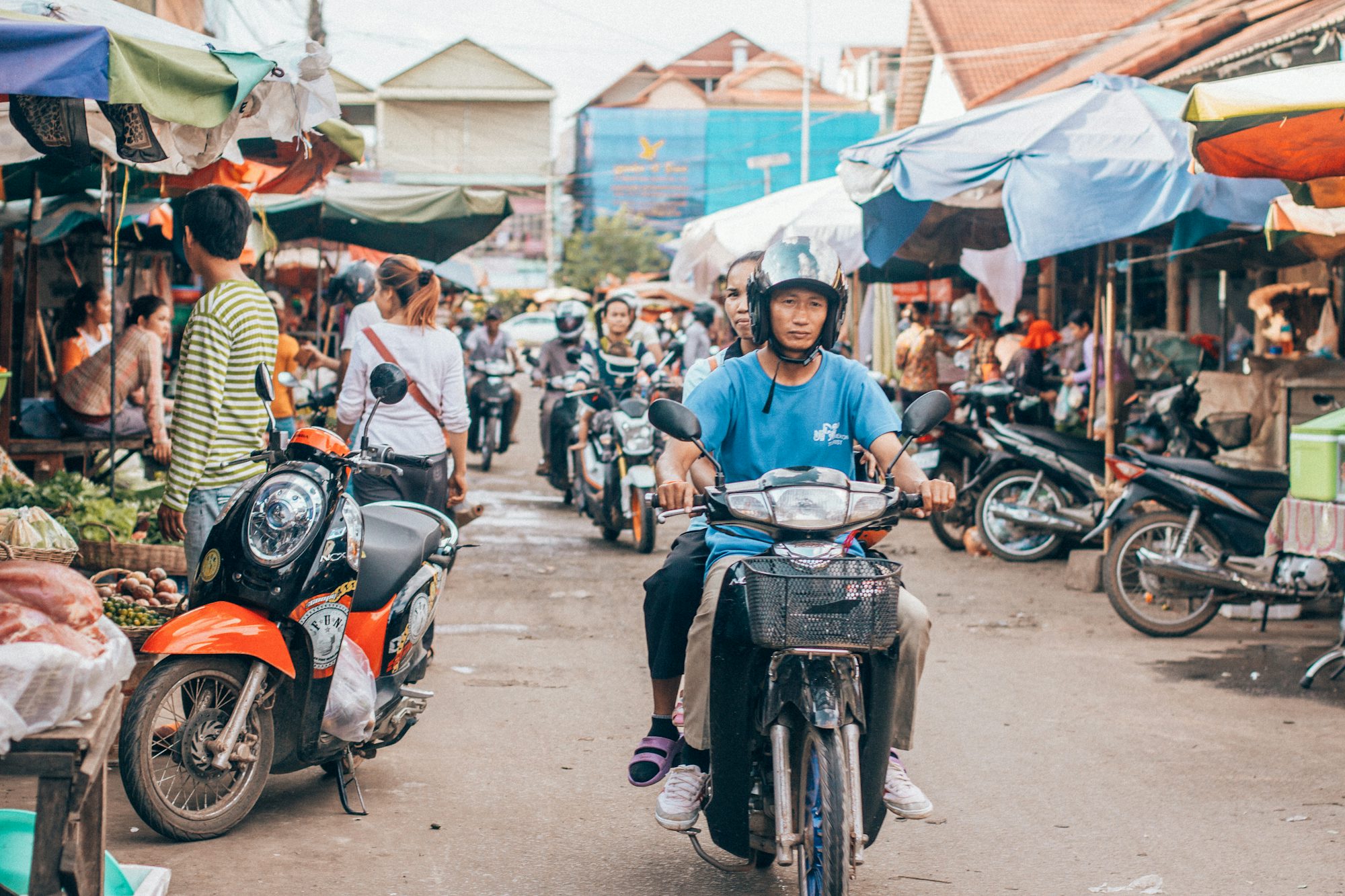Auto changes in 2025
An exploration of the rich Auto history and evolution of motorcycle culture, examining its automotive news new car models. impact on society, trends, and the diverse community of riders.
Motorcycles have long been more than just a mode of transportation; they symbolize freedom, adventure, and a unique lifestyle that has evolved dramatically over the decades. From their inception in the late 19th century to the modern-day resurgence of diverse motorcycle cultures, this article delves into the fascinating journey of motorcycles, exploring their cultural significance and the communities that thrive around them.\n\nIn the early days, motorcycles emerged as a practical solution for personal mobility. Inventors like Gottlieb Daimler and Wilhelm Maybach created some of the first motorized bicycles in the late 1800s, paving the way for what we now recognize as motorcycles. Initially, these machines were simple, utilitarian devices aimed at providing speed and convenience. However, as technology progressed, motorcycles began to capture the imagination of the public, evolving into symbols of independence and rebellion.\n\nThe post-World War II era marked a pivotal moment in motorcycle culture. As soldiers returned home, many sought ways to reconnect with the excitement they experienced during the war. This desire for adventure gave rise to the popularity of motorcycle clubs and rallies, which served as communal spaces for riders to share their passion. Iconic films like "The Wild One" (1953), featuring Marlon Brando, further romanticized the image of the rebellious biker, cementing motorcycles as symbols of counterculture and freedom.\n\nThroughout the 1960s and 1970s, motorcycle culture continued to flourish, influenced by the burgeoning counterculture movements. The rise of brands like Harley-Davidson epitomized this shift, as the company positioned itself as the embodiment of the American spirit. Customization became a hallmark of the motorcycle scene, with riders modifying their bikes to reflect personal style and individuality. This period also saw the emergence of various motorcycle genres, including cruisers and choppers, each catering to different preferences and lifestyles.\n\nAs motorcycle culture evolved, it began to intersect with various subcultures. The punk movement of the late 1970s embraced motorcycles as symbols of rebellion against societal norms, leading to a fusion of music, fashion, and riding. Riders often adopted a distinctive aesthetic, favoring leather jackets, patches, and an edgy, do-it-yourself ethos. This melding of cultures enriched the motorcycle community, fostering a sense of belonging among riders.\n\nIn the 1980s and 1990s, motorcycle technology advanced significantly, leading to enhanced performance and safety features. The introduction of sport bikes, designed for speed and agility, attracted a new generation of riders eager for thrilling experiences on the open road. Brands like Yamaha and Kawasaki became synonymous with high-performance motorcycles, appealing to those seeking both style and substance. This era also marked the rise of motorcycle racing, as events like MotoGP and Superbike championships gained immense popularity, showcasing the capabilities of modern machines.\n\nEntering the 21st century, motorcycle culture has become more diverse and inclusive than ever. With the advent of social media, riders now have platforms to share their experiences, tips, and customizations, fostering a global community. The rise of adventure touring and dual-sport motorcycles has opened up new avenues for exploration, encouraging riders to seek out off-the-beaten-path destinations. Events such as the Distinguished Gentleman's Ride and Women's Motorcycle Month highlight the growing participation of women in the motorcycle scene, challenging stereotypes and expanding the definition of who a rider can be.\n\nElectric motorcycles have also begun to make waves in the industry, signaling a shift towards sustainability and innovation. Brands like Zero Motorcycles and Harley-Davidson's LiveWire are leading the charge, offering eco-friendly options that cater to a new generation of environmentally conscious riders. As technology continues to evolve, electric motorcycles are gaining traction for their quiet operation and instant torque, appealing to those who seek both performance and responsibility.\n\nMotorcycle culture today embodies a rich tapestry of experiences, stories, and connections that transcend borders and backgrounds. Riders gather at events, rallies, and group rides, sharing their love for motorcycles while building friendships that often last a lifetime. The camaraderie found in the motorcycle community fosters a unique sense of belonging, allowing individuals to connect over their shared passion for the open road.\n\nMoreover, the rise of motorcycle tourism has created opportunities for riders to explore new destinations while embracing their love for adventure. Many motorcycle-friendly routes and scenic roads have emerged, encouraging enthusiasts to embark on journeys that celebrate both the thrill of riding and the beauty of the landscapes they traverse. Events like the Motorcycle Rally in Sturgis, South Dakota, attract thousands of riders each year, transforming the town into a bustling hub of motorcycle culture and celebration.\n\nIn conclusion, the evolution of motorcycle culture reflects a dynamic interplay between technology, individuality, and community. From its humble beginnings to its current status as a global phenomenon, motorcycles have transcended their utilitarian roots to become symbols of freedom and self-expression. As the motorcycle industry continues to innovate and adapt to changing trends, the spirit of adventure and the bond shared among riders remain steadfast. Embracing the open road is not just about the journey; it’s about the connections forged along the way, making motorcycle culture a truly enriching and enduring aspect of modern life.
25-01-15
Clara Thompson